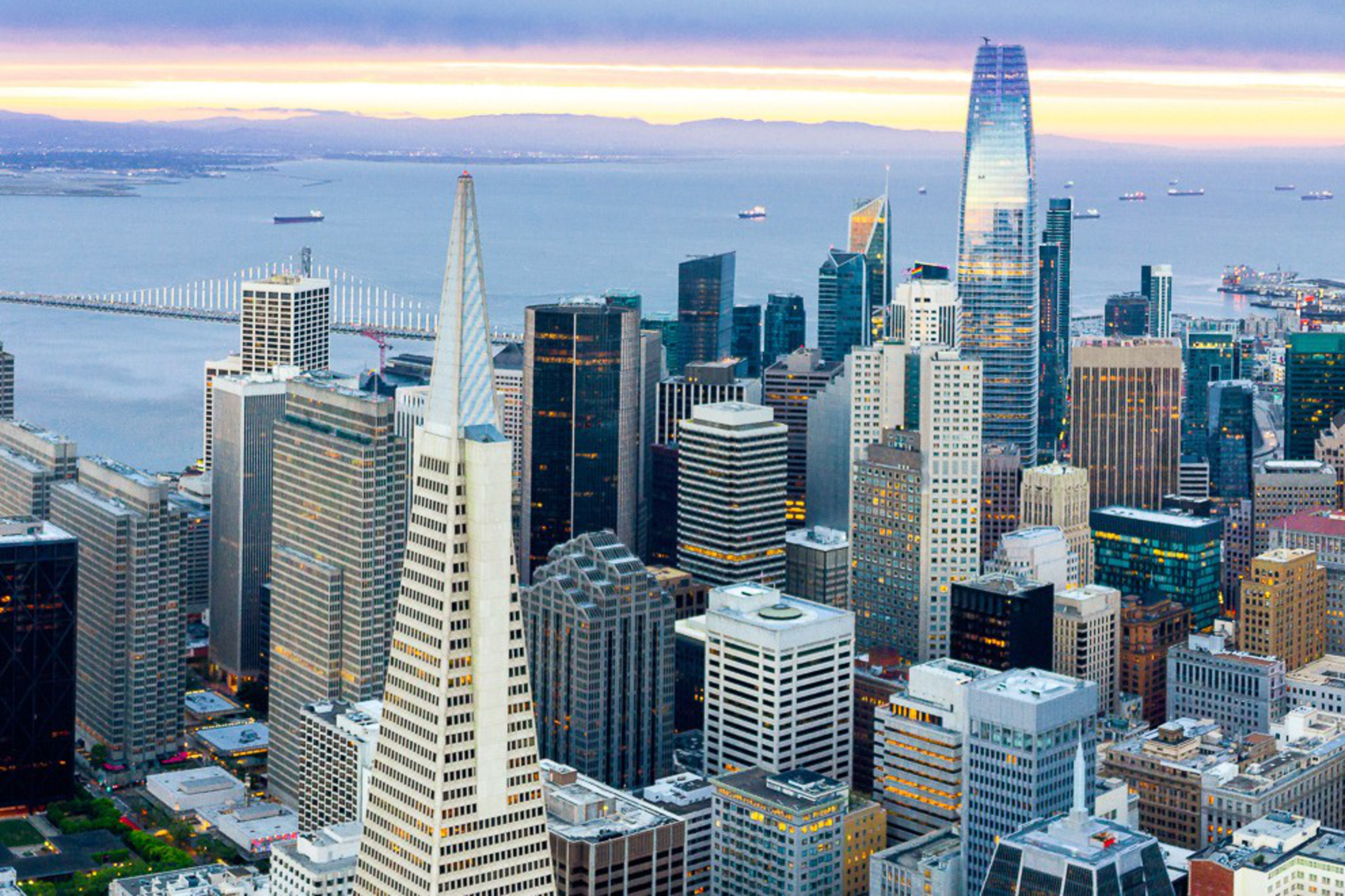There’s not a single American city that enjoys the coveted designation of UNESCO World Heritage status (opens in new tab), an international categorization that brings attention, tourism and preservation. Could San Francisco be the first?
That’s the vision of a plan spearheaded by Karalyn Monteil, the former director of the nonprofit San Francisco Heritage (opens in new tab), who is starting a new position at UNESCO in June.
When a city is designated a World Heritage site, it rises above the category of a local or national landmark—it means it’s something important to all of humanity.
“Think about the pyramids in Egypt,” Monteil said. “Everyone in the world wants those to always be there, and people would come together to protect them.”
The idea of San Francisco as a World Heritage site has just moved one step closer to realization. Key stakeholders—including Rich Hillis, San Francisco planning director, and Diane Matsuda, president of the Historic Preservation Commission—have agreed to launch a task force to pursue the nomination, Monteil said.
But it’s not just beauty that makes San Francisco unique, according to Monteil.
“We should also highlight the LGBTQ history and culture of San Francisco,” Monteil said. “Because by doing so, it would be the only World Heritage site in the world with an LGBTQ theme.”
The World Heritage Committee has already been carrying out an analysis of where there are gaps on its list, which could end up giving San Francisco a natural advantage.
“We already have 30 quaint Italian towns with the church on a hill in Italy, but LGBTQ is nowhere,” Monteil said.

While formalizing a nomination takes an average of three years, the city is not starting from zero.
“San Francisco has put so much effort into preparing historic context statements and landmarks nominations,” Monteil said. “A lot of the research is out there and already published.”
Nevertheless, the process would be lengthy and could face many hurdles.
“A lot of it depends on the politics,” said Francesco Bandarin, director emeritus of the UNESCO World Heritage Centre. “The mayor is very important.”
There are also logistical challenges with the designation itself. Part of the reason no American cities are on the UNESCO list is that, unlike other countries, the U.S. requires that all property owners are on board with a World Heritage designation—an impossible task when you’re looking across the landscape of an entire city, Bandarin said.
But by focusing on natural landmarks—like Golden Gate Park, which is larger the New York City’s Central Park—and iconic landmarks that have only one owner, such as the Golden Gate Bridge, the city could move forward with its proposal.
“It’s a global icon,” Bandarin said. “But it’s not really an international city, and this would boost its status.”
Rio de Janeiro, a city that is already on the UNESCO list, could be used as a model, where a complex of natural and cultural landscapes surrounding the city have been considered together to give the city World Heritage status, Bandarin said.
“Whether the process is long—or even successful—it’s time to bring some energy around the extraordinary attributes that San Francisco has,” said Tia Lombardi, SF Heritage board member who previously oversaw the public affairs programs at the Presidio Trust.
“People are forgetting how exceptionally beautiful this city is,” Monteil said.
Correction: A previous version of this post incorrectly stated that Golden Gate Park was the largest park in the country.
